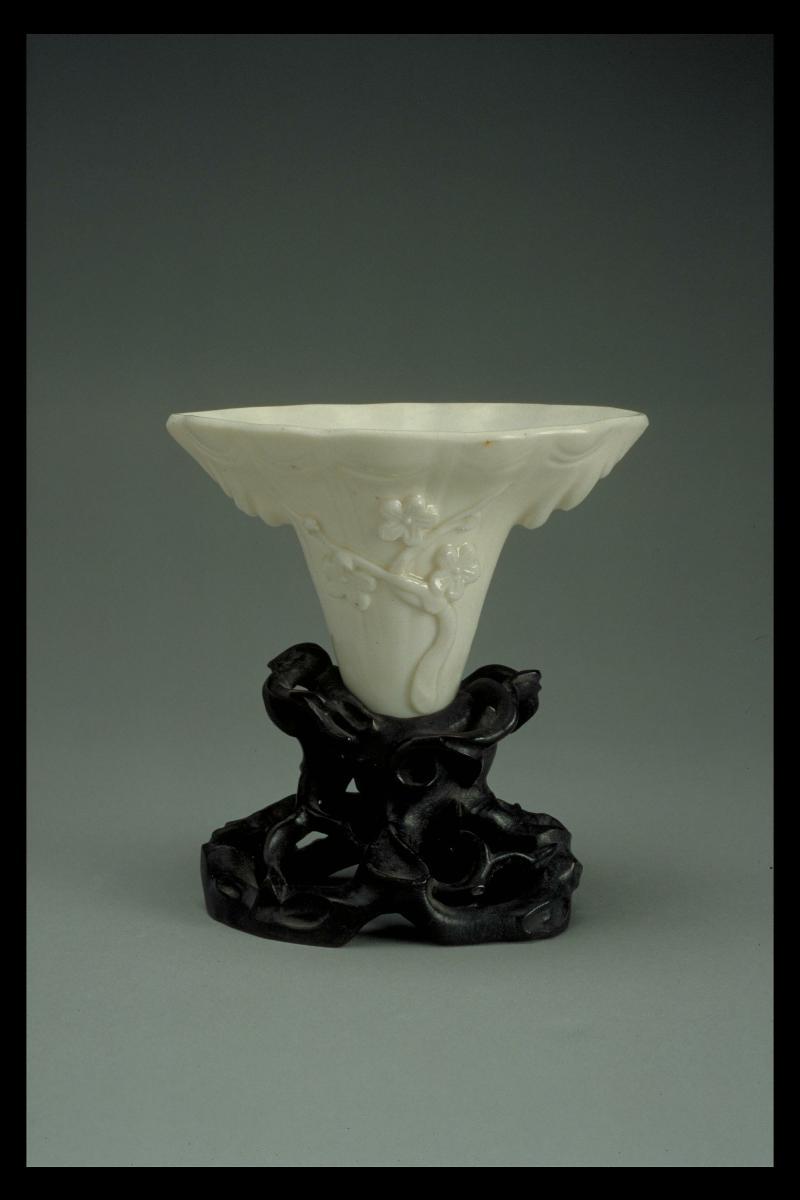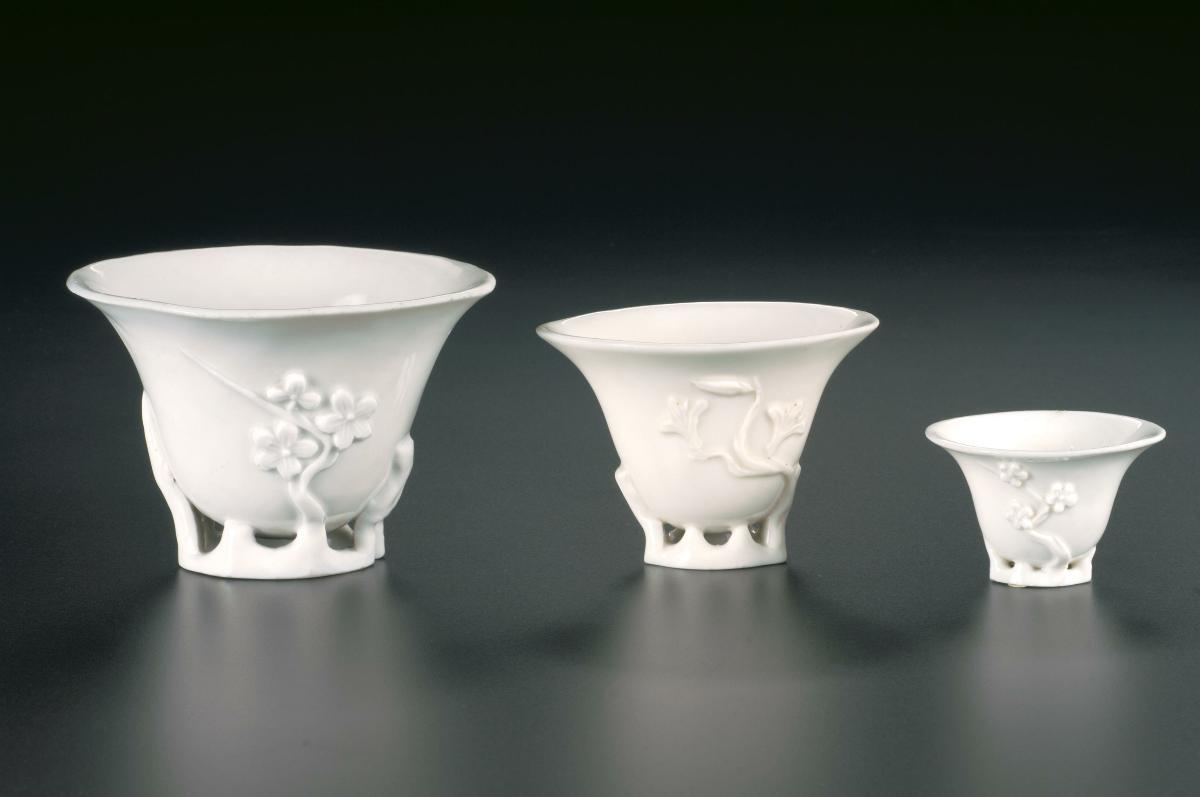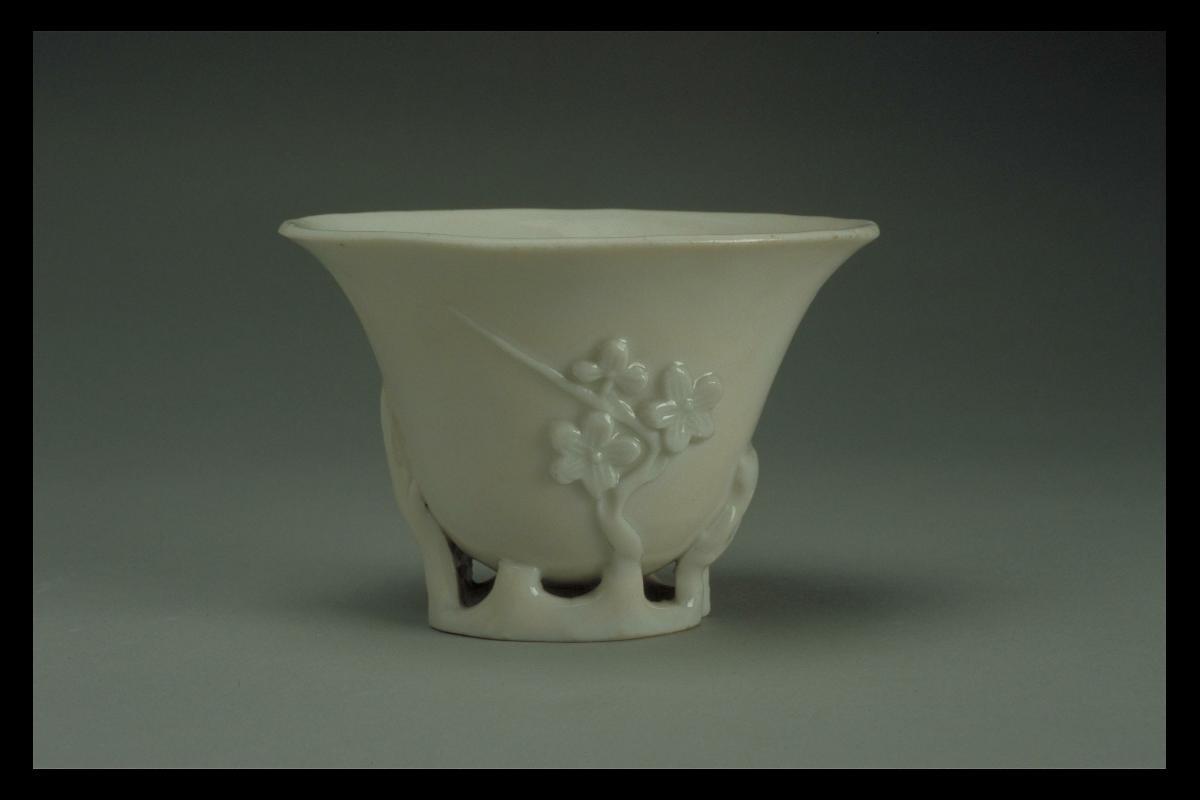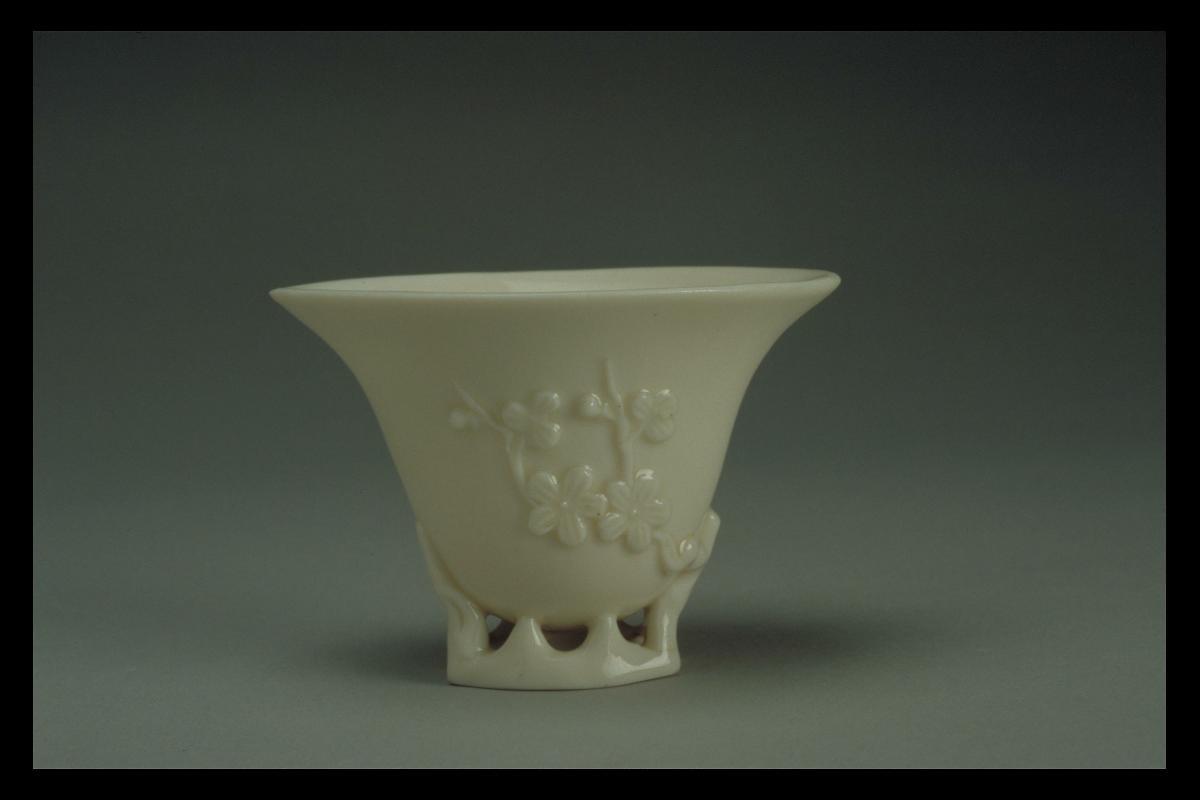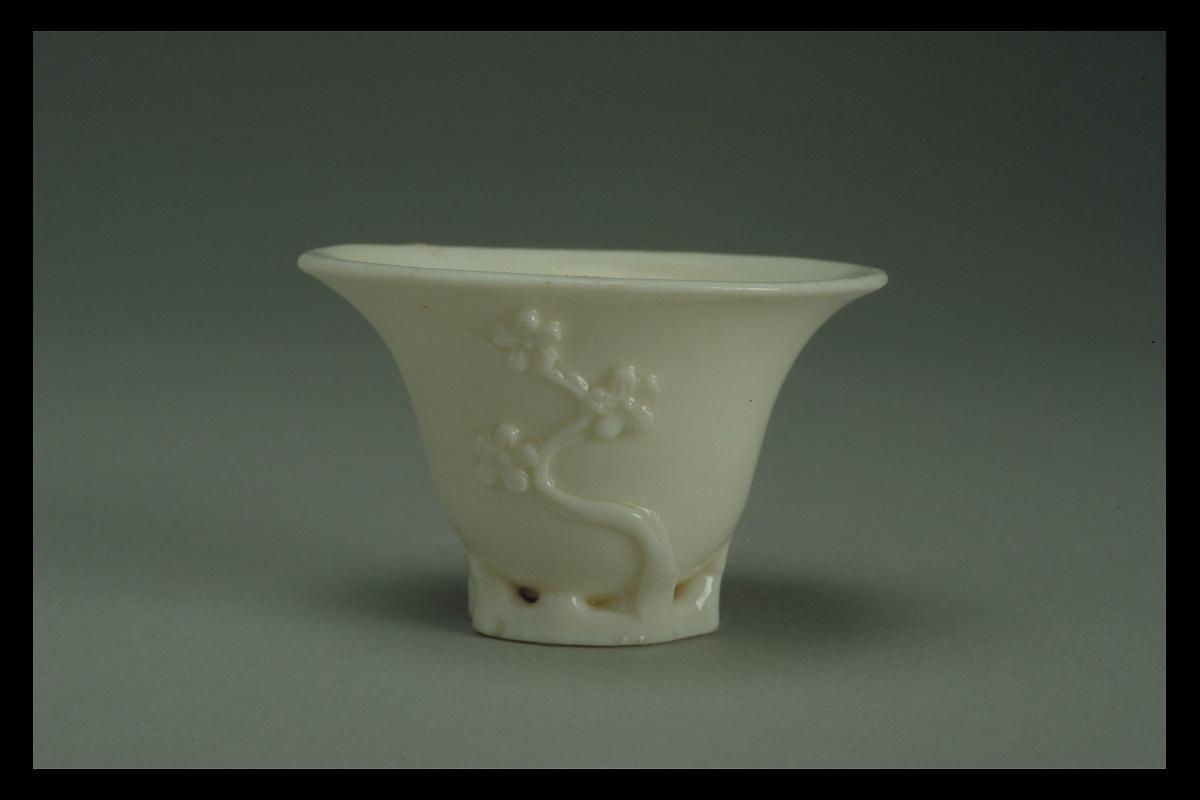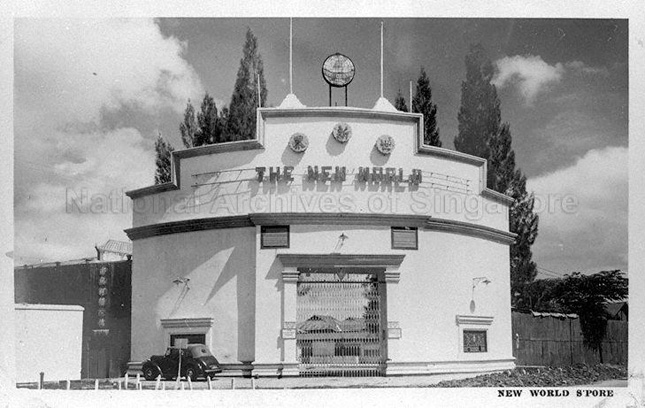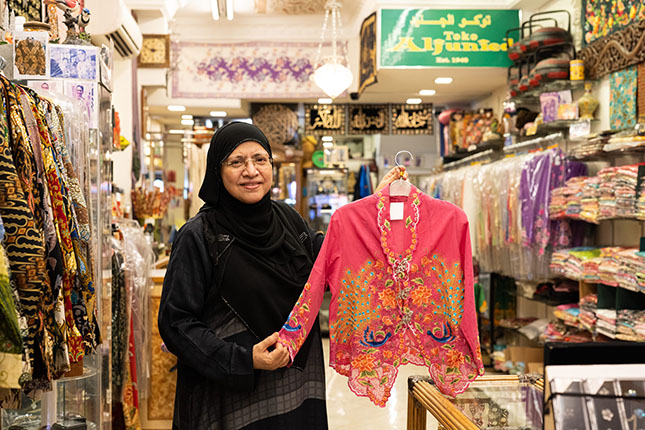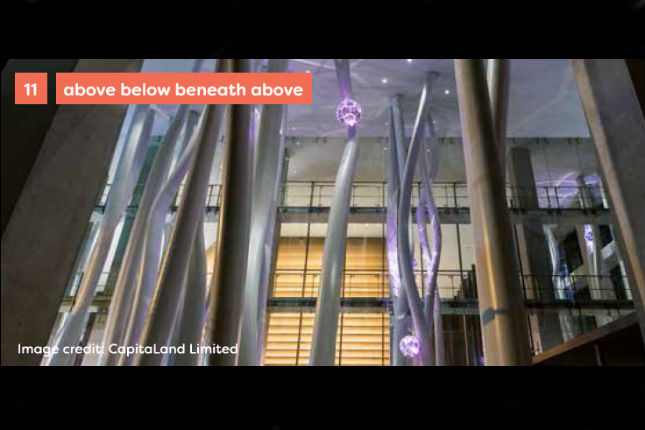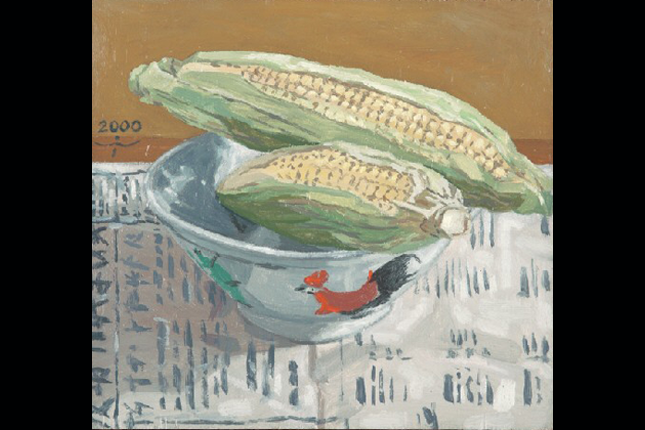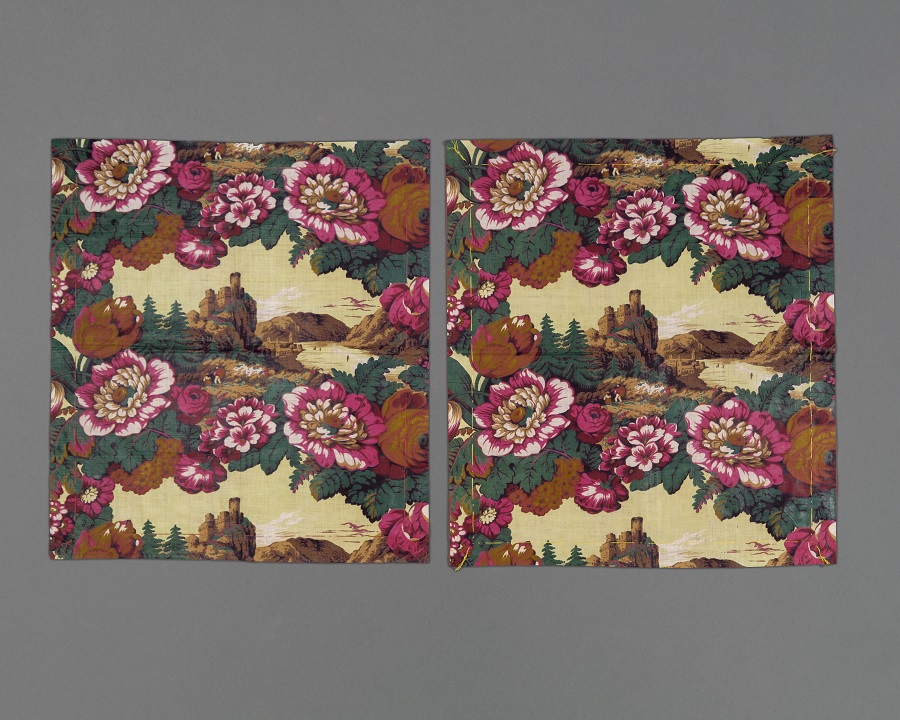This thickly moulded cup imitates the shape of a rhinoceros horn cup. Rhinoceros horn cups were probably associated with fertility. The horn is still used as an aphrodisiac and porcelain would have provided a cheaper substitute for real horn cups, which were produced at the same time during the mid 17th century. The striking similarities between horn and porcelain wares, especially these full-tipped cups, support the theory that horn prototypes were used in the production of piece-moulds for mass production of Dehua cups. Dehua, a district in Fujian province, is the production centre for white porcelain, which is known to the Chinese as zhuyoubai (pork-grease white) or xiangyabai (ivory white), and to the Europeans, blanc de chine (white porcelain). As these names suggest, Dehua porcelain has a white body, consisting predominantly of porcelain stone (baidunzi) with minute amounts of clay.




